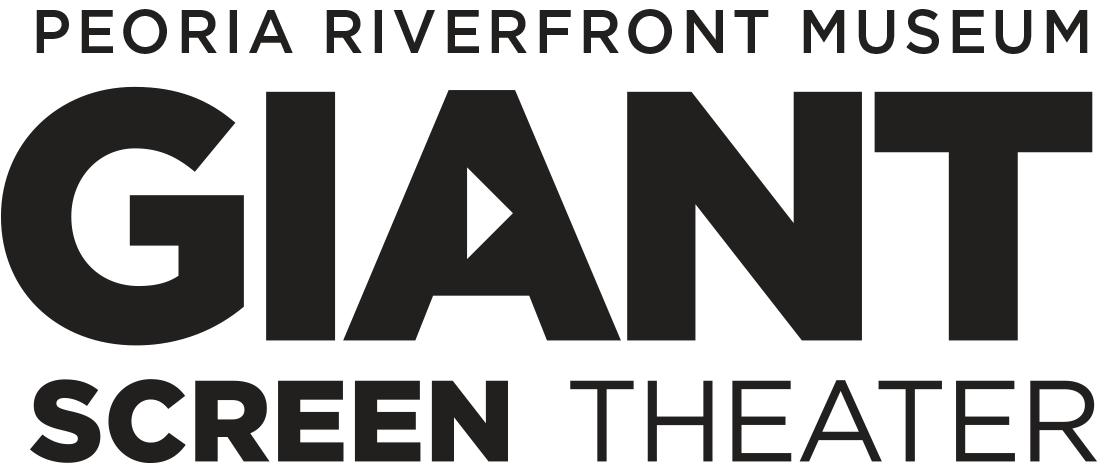Marc Eliot’s Art of Film
Michael Powell’s and Emeric Pressburger’s 1946 A Matter of Life and Death
Powell and Pressburger’s ‘40s partnership (their best-known work is 1948’s classic The Red Shoes) represents the finest product of British Cinema produced in the immediate post-war years that preceded the arrival of that country's era of neo-realistic urban “kitchen sink” '50s films, spearheaded by the stage and screen work of John Osborne [no boldface anywhere in this email; something screwy in email-ed note]. Among the shamefully critical under-examination of London’s studio output of the ‘40s, A Matter of Life and Death stands out as one of the best films of its generation. A highly stylized, stiff-upper-lip treatment of a familiar Hollywood trope. The film stars David Niven, one of the so-called “Brit-Pack” of British ex-pats who found fame and fortune in American film, was also among of the few who returned to the homeland to enlist and serve in World War Two. He became a highly decorated English Army hero, a fan favorite and a future Academy Award winner for Best Actor (Delbert Mann’s 1958 Separate Tables). A Matter of Life and Death “borrows” heavily from both Victor Fleming’s 1939 The Wizard of Oz, and Hall’s 1941 Here Comes Mr. Jordan. If you’ve never seen it, this one is mandatory viewing (and incredibly entertaining). And if you have, see it again, if only for the escalator to heaven built at great expense for this production (the American release title was Stairway to Heaven, and served as the inspiration for the Led Zeppelin classic. There has simply never been a magical effect like it! Only marginally profitable, the film may have been too stylized for it’s time, but is, today, considered a classic of British Cinema.
